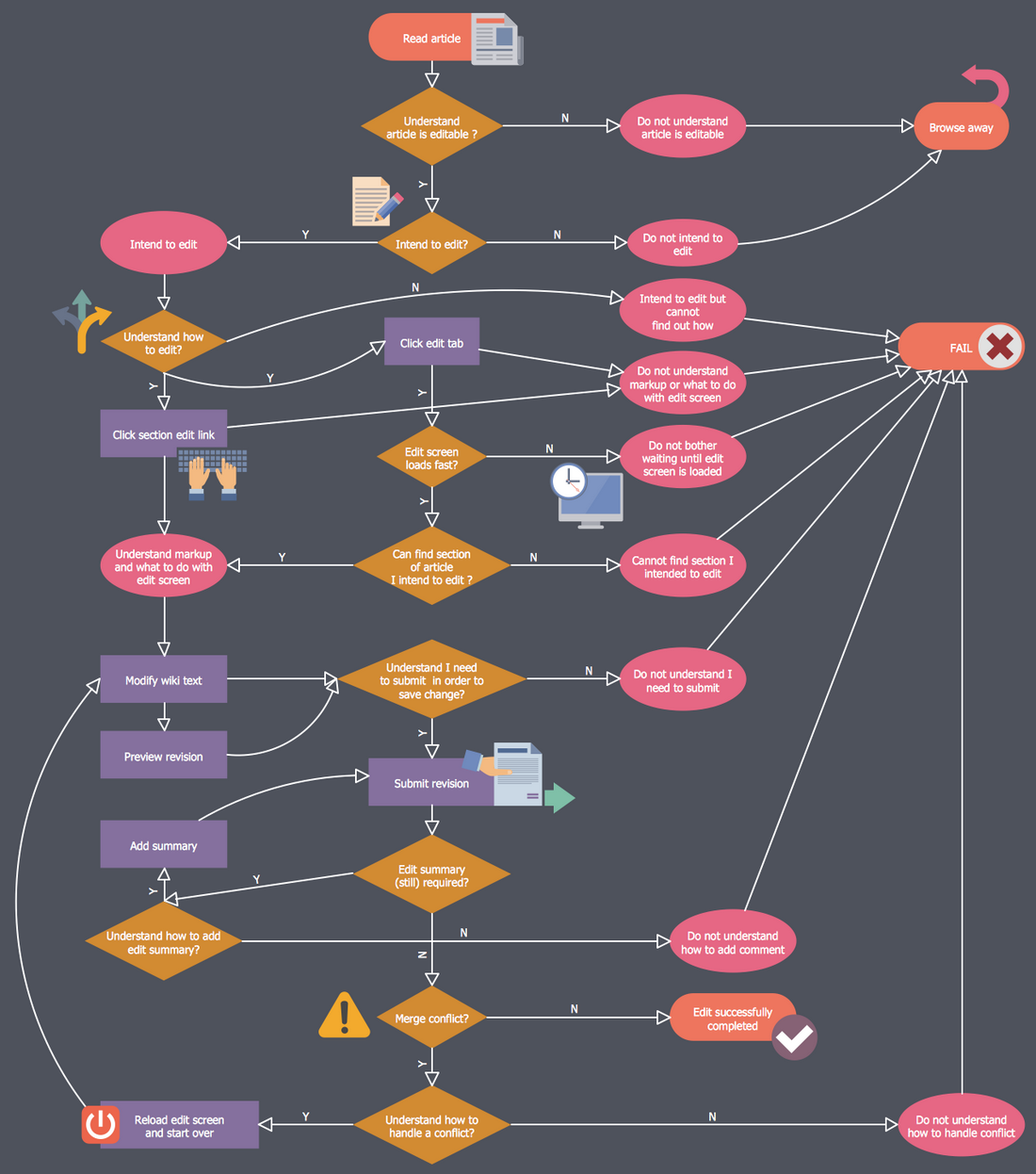

Organizations that consistently create complex charts and diagrams might purchase a Lucidchart license for people in the organization.After you create a business process flow definition, you can control who can create, read, update, or delete the business process flow instance. Within each of these apps, when you have a file open, choose Add-Ons | Get Add-Ons and then search for Lucidchart. Lucidchart offers an add-on for all three of the core Google Docs apps: Lucidchart Diagrams for Docs, Lucidchart Diagrams for Slides, and Lucidchart Diagrams for Sheets. Note: If you use G Suite at work or school, a G Suite administrator may restrict or manage access to add-ons. As of May 2019, you’ll see four add-ons: Lucidchart Diagrams, Gliffy Diagrams, SmartDraw Diagrams, and Cacoo Diagrams ( Figure C).Īdd any of these to gain access to the respective service’s flowchart and diagram creation features. You can also enter a keyword (or keywords) to search the available add-ons.įor example, within Google Docs, choose Add-Ons | Get Add-Ons and then type Flowchart in the search box and press Enter. With a file open in any of these apps, choose Add-Ons and then Get Add-Ons to review the available enhancements. Google Docs, Sheets, and Slides each allow third-party add-ons. Unlike a flowchart, these diagrams typically show a single process without alternative routes. You can choose from between four and eight diagram styles, depending on the diagram type selected. Google offers six types of diagrams: Grid, Hierarchy, Timeline, Process, Relationship, and Cycle ( Figure B). In both Google Drawings and Google Slides, you also might explore the Insert | Diagram menu options. Repeat the above steps as needed to complete your flowchart. You’ve created an arrow between two flowchart shapes to show the sequential relationship between two steps. Move the cursor to one of these dots, and then release the button or lift your finger from the touchpad or screen. Again, dots will display on the corners (or sides) of the second shape. Click (or tap) on one of these dots, and then–while still holding down your mouse button, touchpad, or finger on the screen–drag the cursor to another shape. When the line element is selected and active, dots will display at the corners (or sides) of shapes as the cursor moves over a shape.

Go to Insert | Line and then select the line with an arrow to indicate the sequence of events. On decision steps, you may also want to select Insert | Text Box, and then add text next to each potential decision path (e.g., add a Y or N, or Red, Blue, Green, etc.).
#Create process flow diagram how to#
For example, the first few flowchart symbols indicate Flowchart: Process, Flowchart: Alternate Process, Flowchart: Decision, and Flowchart: Data.įigure A How to add flowchart text in G Suiteĭouble-click (or double-tap) on a shape, and then type text to identify each step in your process. Move the cursor over each shape, and the name of the shape will display. Grouped into three sets, the 28 flowchart symbols display in the lower-portion of the available items. How to add flowchart shapes in G SuiteĬhoose Insert | Shape | Shapes to select and add from several pre-made shapes ( Figure A). Once you have a Google Drawing, you can build your flowchart. Or, from, choose New | More | Google Drawings. In Chrome on a laptop or desktop, go to to create a new drawing. Here’s how to create flowcharts and diagrams within G Suite, along with a look at how to insert these drawings into other G Suite apps. SEE: G Suite: Tips and tricks for business professionals (free PDF) (TechRepublic) Optional third-party add-ons offer access to additional flowchart and diagram-creation tools.

Once complete, you can export a Google Drawing as an image, which you may then insert into a Google Docs, Sheets, or Slides file. Within G Suite, Google Drawings lets you create flowcharts, diagrams, charts, and more. A diagram shows a set of relationships among items, such as a timeline or chart. For example, a rectangle indicates a step that changes data, while a diamond represents a decision.

A flowchart shows steps in a sequence, which typically start at the top (or left) of a chart and progress to the bottom (or right). Flowcharts and diagrams can help people understand a process, see a sequence of events, and visually represent relationships.


 0 kommentar(er)
0 kommentar(er)
